When you sip a cup of tea, especially a robust black or green variety, you might notice a certain astringency that dries out your mouth. That sensation is due to tannins.
Tannins are naturally occurring polyphenolic compounds found in tea leaves, as well as in other plants, fruits, seeds, and roots. Tannis are not just tea constituents; they play a pivotal role in plant ecology. Their primary role in nature is to deter herbivores from feasting on plants and to protect against bacterial infections.
In your cup, however, they become part of the astringency that cleanses your palate and provides an intricate flavor dance.
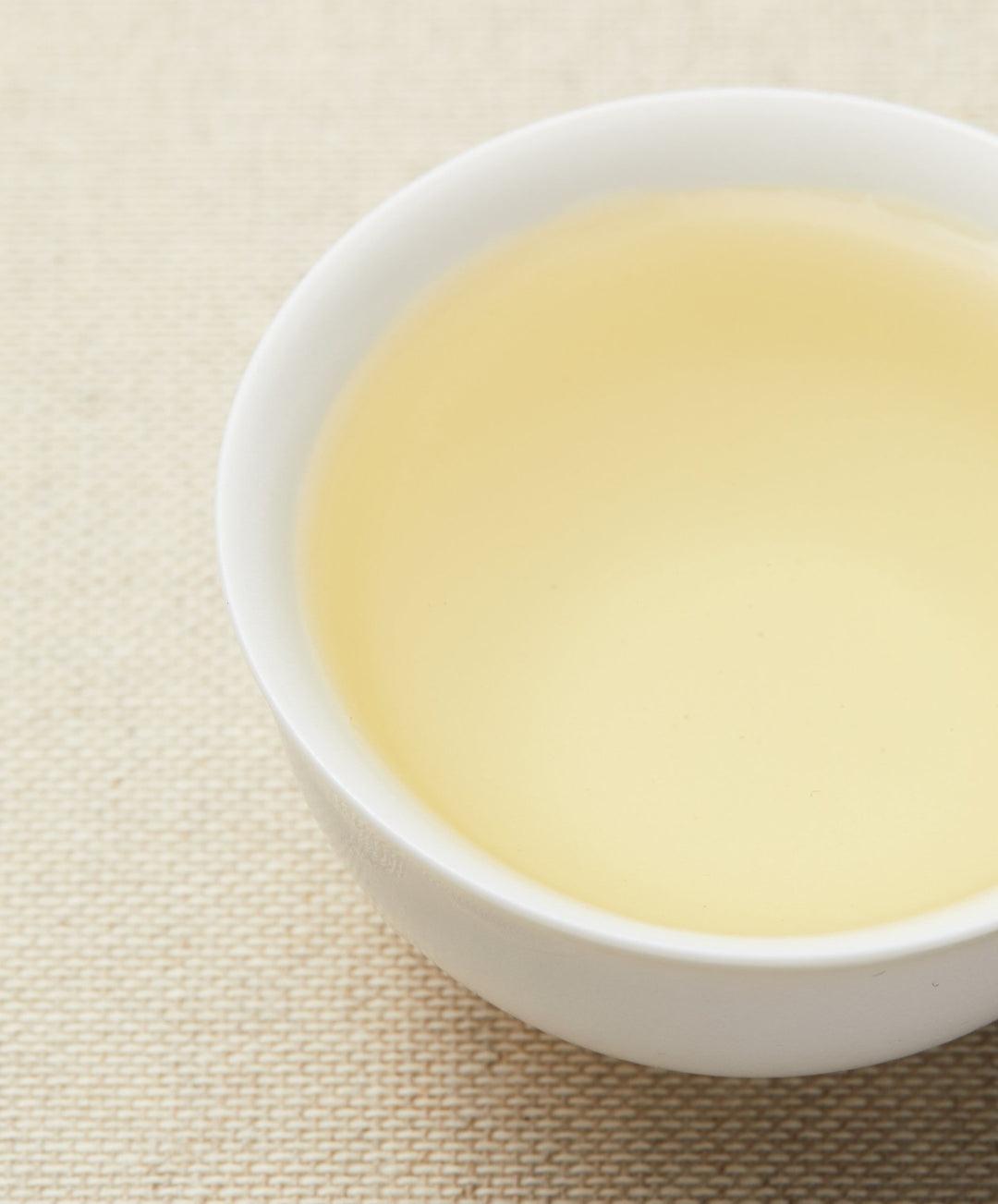
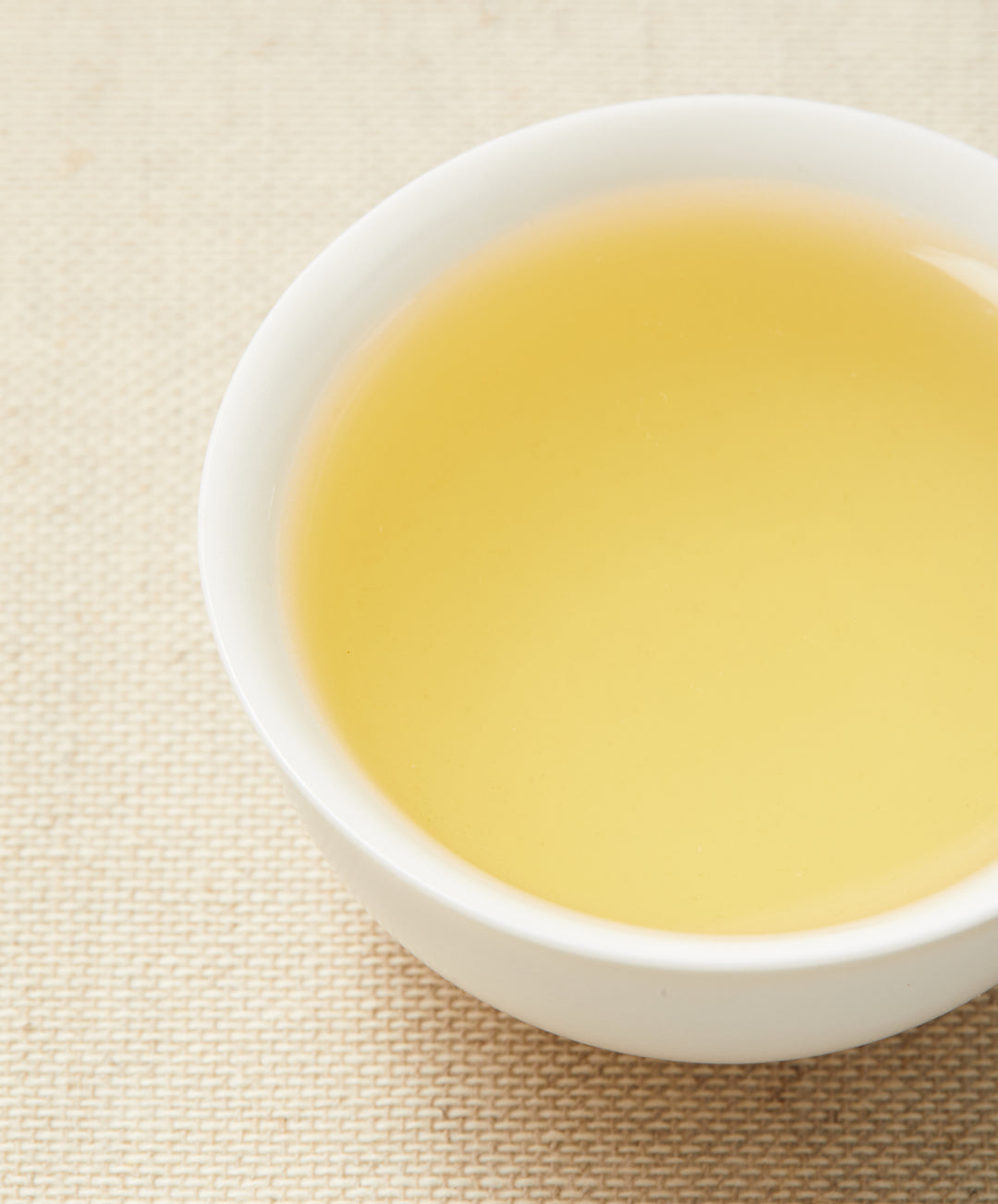
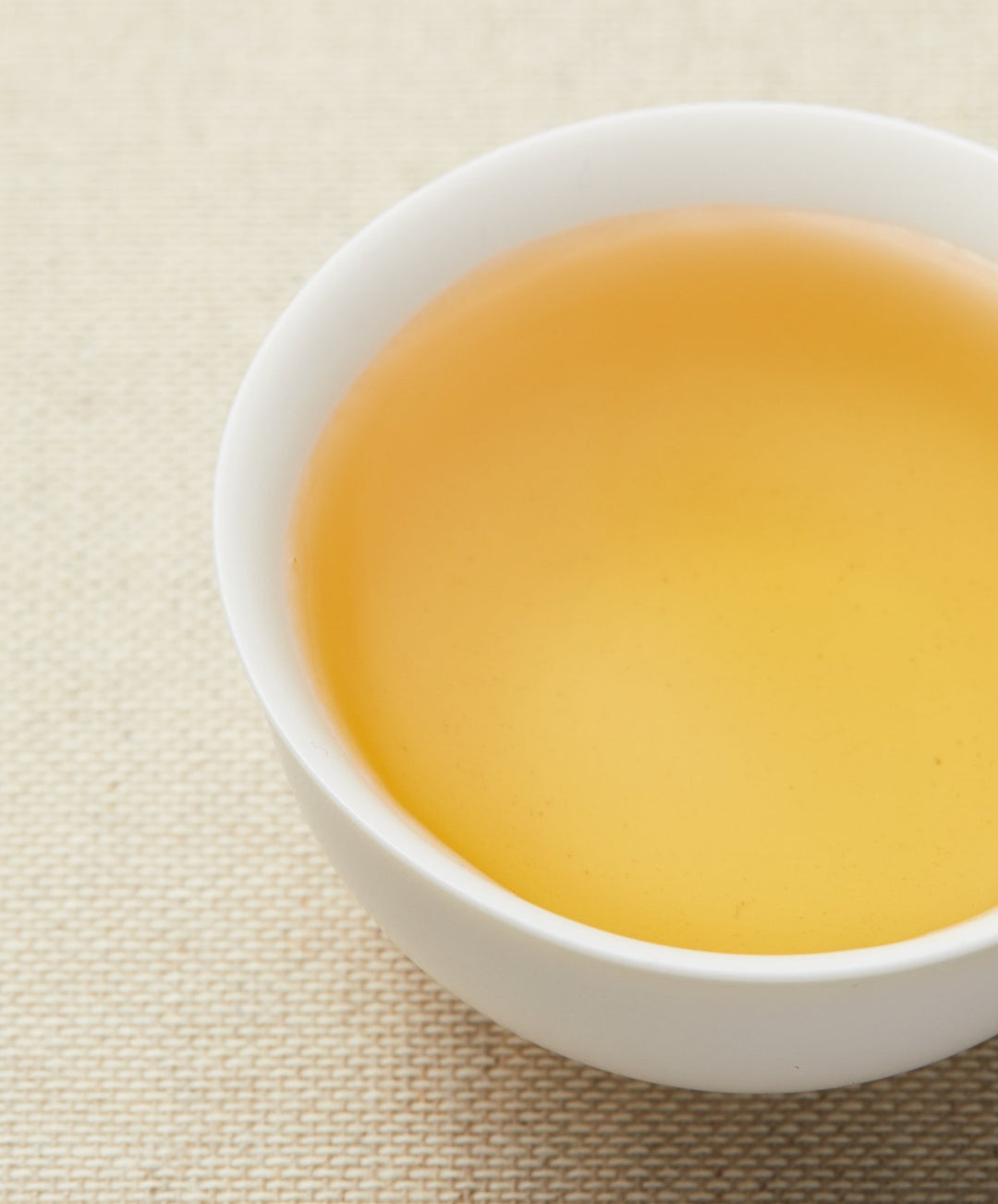
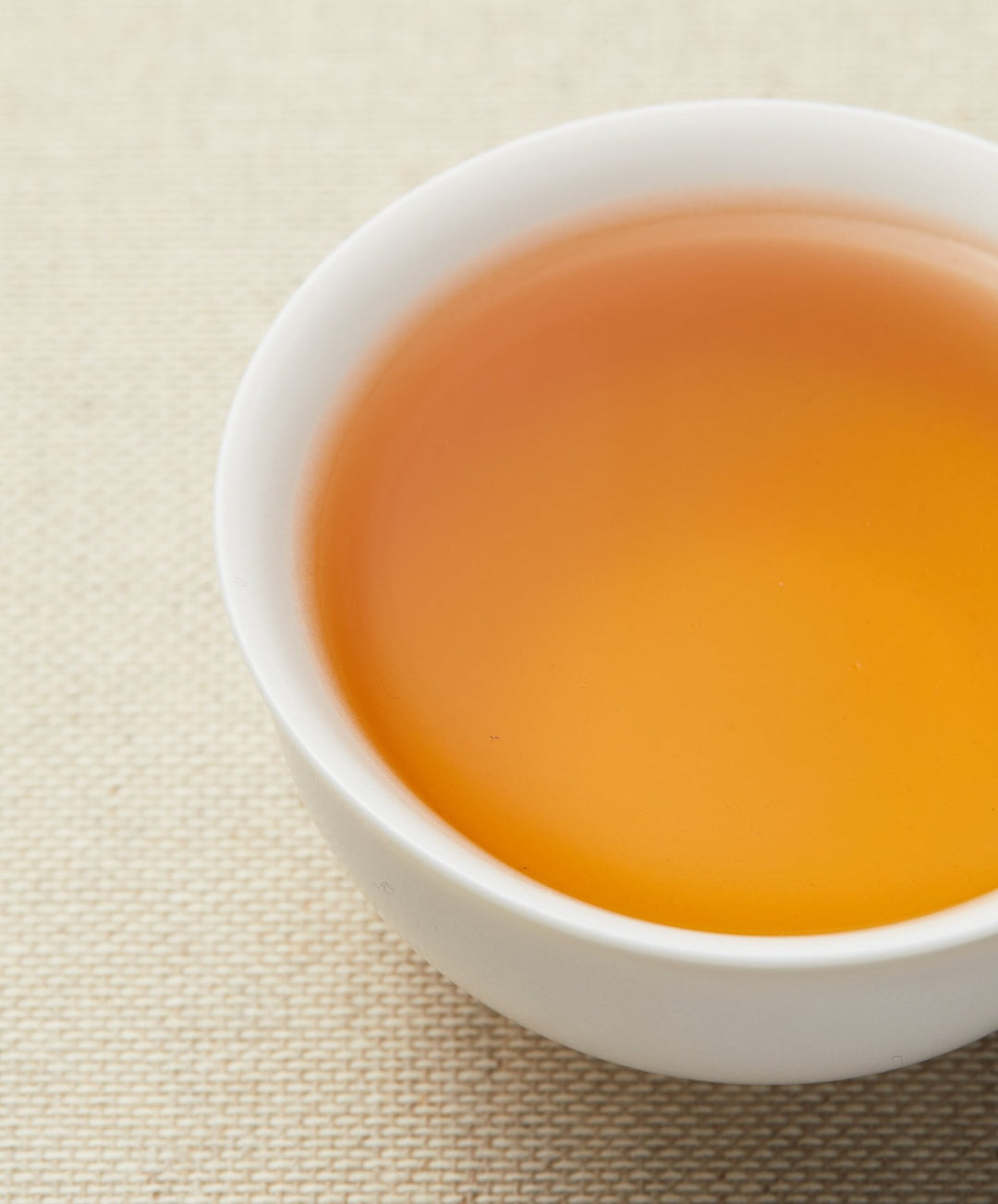

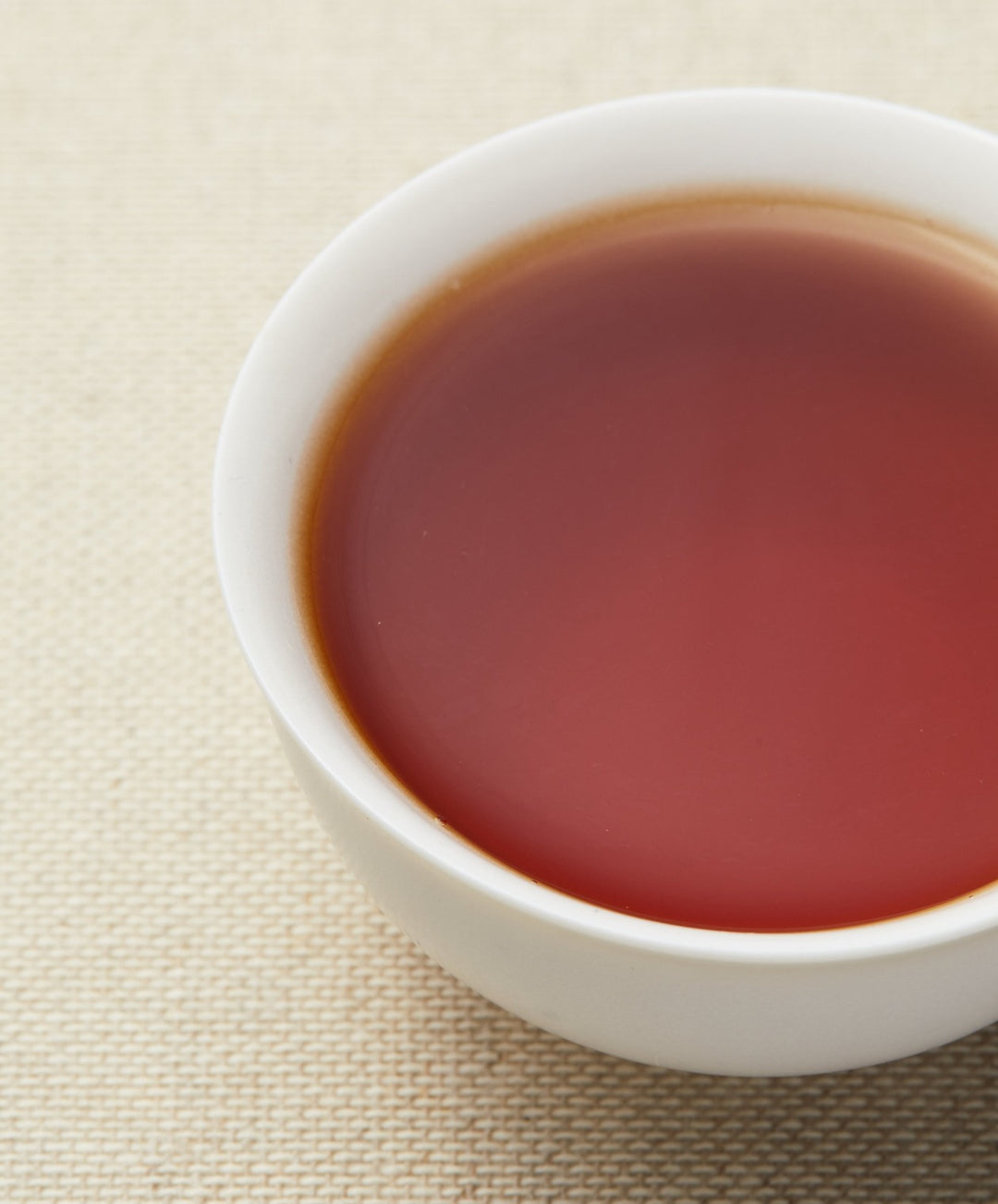
The Role of Tannins in Tea
Several roles played by the Tannins include:
- Color: The depth of tea color, from the rich hues of black tea to the soft tones of green tea, is attributed to tannin levels.
- Astringency: Responsible for the mouth's distinct dry, puckering sensation after each sip.
- Bitterness: While tannins impart a nuanced bitterness, a well-proportioned astringency is often sought, enhancing the tea's overall character.
Health Aspects of Tannins
While tannins are known for their bitter taste, they also offer potential health benefits. Envision tannins as your body's personal group of warriors, armed with antioxidant properties to shield against the attack of free radicals, much like a soothing balm that cools a sunburn, offering protection and relief when consumed in just the right amounts. However, excessive intake of tannins can lead to stomach irritation due to their protein-binding nature.
Tannins vs. Caffeine
Don't confuse tannins with caffeine. Both contribute to the bitterness of tea, but they're distinct compounds. Caffeine is a stimulant, while tannins are more about flavor and health properties.
Managing Tannin Levels
Much like a chef controls the heat to prevent overcooking, you can manage the tannin levels in your tea through brewing:
- Brewing Technique: Much like simmering a stew, the longer you brew, the more tannins are extracted, resulting in a more robust flavor. However, oversteeping can lead to an overabundance of tannins, making the tea excessively bitter and overpowering, much like overcooking can spoil a delicate sauce.
- Water Temperature: Boiling water can unleash a torrent of tannins, resulting in a more astringent brew. Conversely, cooler temperatures are gentler, releasing fewer tannins for a softer cup. That is precisely why cold brew tea often has a sweeter, more mellow flavor profile than its hot-brewed counterpart.
In addition to these methods, pairing your tea with a sweet companion can smooth out the astringency. A piece of chocolate or a sweet pastry can complement the tannins in a similar way that sugar in a savory sauce can balance acidity. The sweetness interacts with the tannins, softening their impact on the palate and providing a soothing counterpoint to the dry, puckering sensation. So, if your tea is too tannic for your taste, consider reaching for a sweet treat to bring everything into balance.
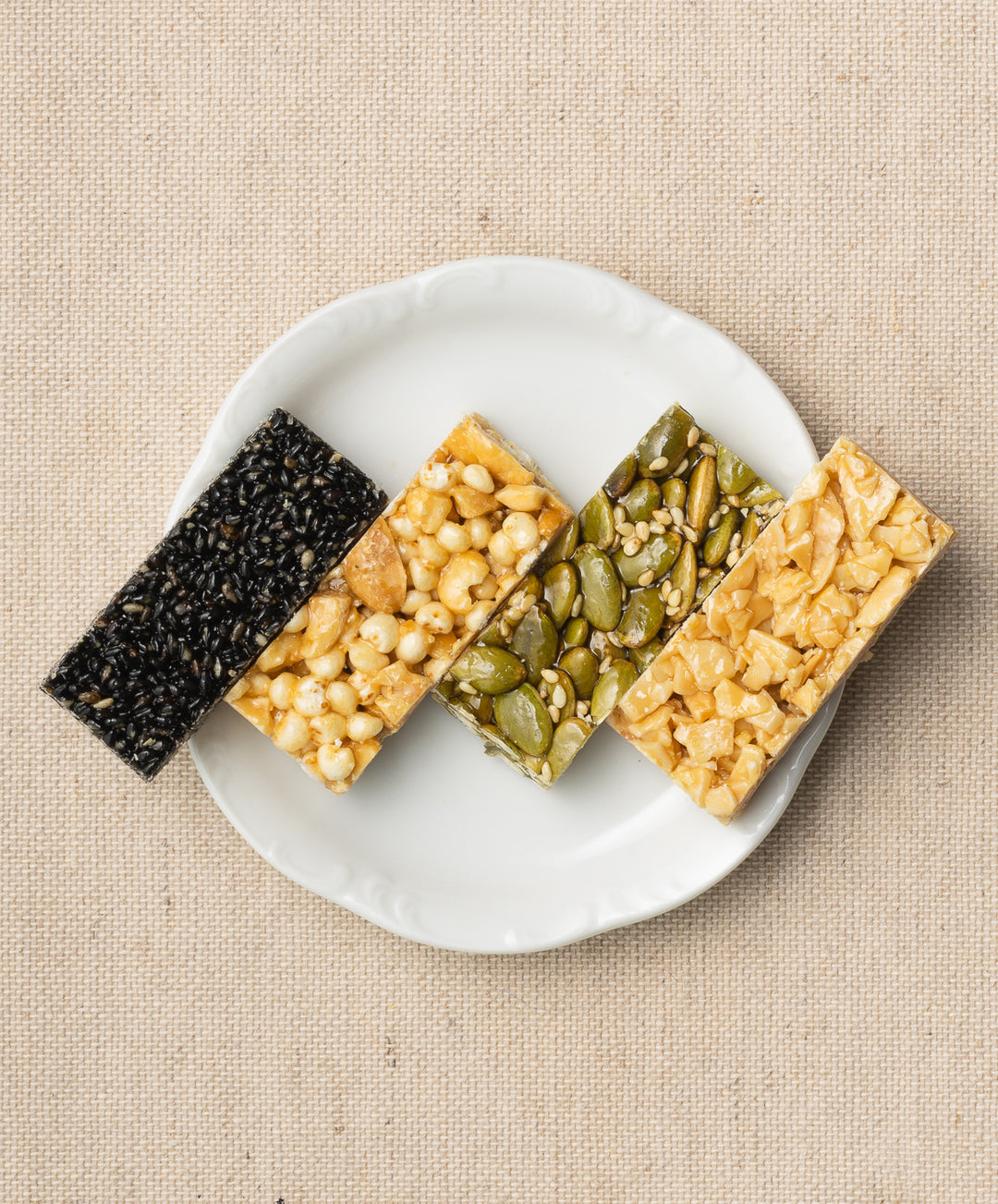
Tannin Levels in Different Teas
All teas contain tannins, but the amount varies:
- Black Tea: High in tannins, it boasts a robust flavor and often a pronounced astringency, which contributes to its bright red color and malty notes.
- Green Tea: Contains a moderate amount of tannins, which can be carefully managed through precise brewing to yield a more subtle astringency and a fresher, grassy flavor profile.
- White Tea: Has the lowest concentration of tannins among the traditional teas, resulting in a soft, delicate flavor with just a hint of sweetness and a pale infusion.
- Oolong Tea: Exhibits a wide range of tannin levels, influenced by the degree of oxidation. Lighter oolongs may have a tannin content similar to green tea, while darker varieties align closer to black tea.
- Yellow Tea: This rare tea is similar to green tea in tannin content but undergoes a unique slow drying process, which mellows the tannins, giving it a smoother, less astringent taste.
- Pu-erh Tea: A fermented tea that often has a lower perceived astringency due to its aging process. The tannins in Pu-erh can develop over time, contributing to its complex, earthy flavor and often smoother aftertaste.
- Herbal Teas: These are not true teas and their tannin content varies dramatically based on the chosen herbs. Some, like rooibos, have lower tannin levels, while others that contain dried fruits or berries may have higher levels similar to black tea.
Tannins in the Tea Experience
Tannins are essential to the tea experience, impacting the brew's taste, color, and mouthfeel. Understanding tannins can enhance your appreciation of tea, guiding you to brew it just the way you like it, balancing astringency with the other delicate flavors present in your favorite cup.
Remember, like many aspects of tea, the presence of tannins is a balance. It's their interplay with other compounds that create the complex, invigorating, and diverse beverage loved around the world. Whether you prefer a strong cup or a lighter brew, take a moment to savor the complexity that tannins bring to the experience.
FAQs about Tannins in Tea
Are tannins in tea bad for you?
Tannins have both health benefits and potential negative effects. Their antioxidant properties can offer protection against various diseases, but excessive consumption might hinder nutrient absorption, particularly iron.
What are the side effects of tannins?
High tannin intake can lead to stomach irritation, hinder digestion and metabolism, and obstruct iron absorption, potentially causing health issues.
What tea has no tannins?
All traditional teas contain tannins, but Darjeeling first flush teas and certain herbal teas have minimal to no tannins.
Which tea is very high in tannins?
Black tea typically has the highest tannin concentration, followed by oolong and green teas.